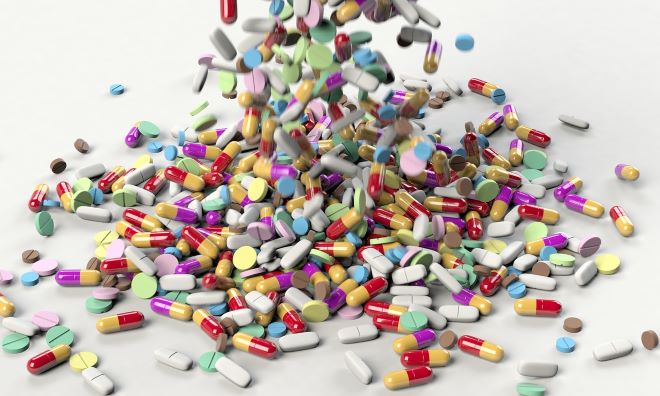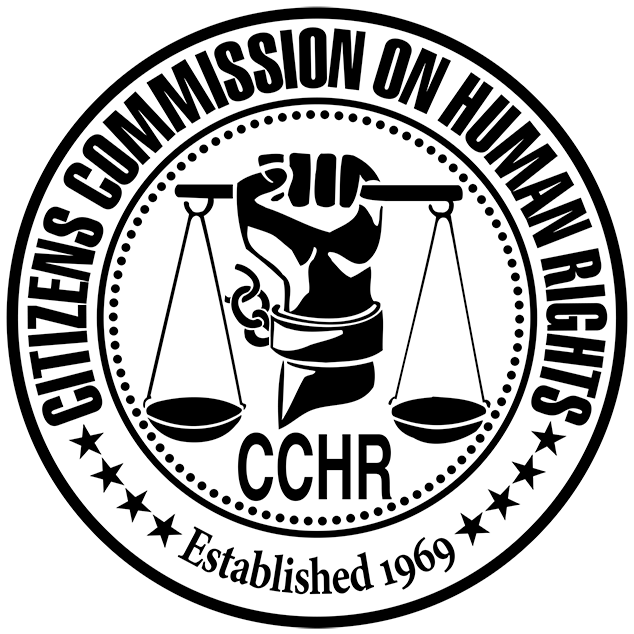Another new study found as many as one in four students surveyed at middle schools and high schools reported misusing ADHD drugs in the previous year.
A new study found that nearly half of adults using psychostimulant drugs for behavior termed attention-deficit hyperactivity disorder (ADHD) are also taking one or more other psychostimulants, often in combination with still other psychiatric drugs. Little is known about the risks of these drug combinations or safely withdrawing from them.
Psychostimulants include amphetamine-type drugs, such as Adderall and Vyvanse, and methylphenidate drugs, such as Ritalin and Concerta. The U.S. FDA classifies amphetamines and methylphenidate as Schedule II controlled substances with a high potential for physical or psychological dependence, misuse and abuse. Amphetamines are frequently found present in cases of overdose deaths.

Adverse effects of psychostimulants include insomnia, narcolepsy, appetite suppression, binge eating, depression, lethargy, hyperactivity, stunted growth, uncontrolled muscle movements, seizures, psychosis, heart problems, and stroke, in addition to dependency and overdoses.
The new study investigated the extent of the use of psychostimulant drugs by American adults and the use of the drugs in combination with other psychiatric drugs. Researchers used a database of prescription drug claims submitted to private insurance companies for over 276,000 adults in the U.S. who used psychostimulants during the 15 months though December 2020. Results showed that “utilization of the Schedule II stimulants was intensive,” according to study’s lead author, Thomas J. Moore, faculty associate in epidemiology at the Johns Hopkins University Bloomberg School of Public Health, writing in BMJ Open.
“Little scientific evidence is available to assess the risks and benefits of combination therapy with multiple psychiatric drugs.”
— Thomas J. Moore, Johns Hopkins University Bloomberg School of Public Health
Among all psychostimulant users, nearly half (45%) took one or more additional psychostimulants, including one in four (24%) who used two or more additional psychostimulants. Nearly half (48%) also took an antidepressant, one in three (31%) also used an antianxiety/sedative drug, and one in five (20%) also took opioids, also Schedule II controlled substances. This polypharmacy brings additional risks to the patients.
“These findings add new public health concerns to those raised by our previous [2021] study reporting a 79% increase in stimulant use in adults over a 5-year period [2013 to 2018],” Moore reported.
The study data showed that 75% of patients became long-term users, continuing to take the stimulant drugs throughout the 15-month period of the study, which suggested to the researchers possible recreational or other non-medical use or dependence on the drugs, which would be consistent with the drugs’ high-risk classification.

The researchers noted that psychostimulants being prescribed in combination with other psychiatric drugs could be evidence of a prescribing cascade. This occurs when drugs are prescribed to counter the adverse effects of other drugs being taken. For example, psychostimulants can be prescribed to counter too much sedation from antianxiety drugs, or sedatives can be prescribed to counter too much stimulation or insomnia from the psychostimulants.
This combination therapy goes beyond the primary approved use of a single psychostimulant as monotherapy for adults with behavior described as ADHD, and it has not been well studied.
“Little scientific evidence is available to assess the risks and benefits of combination therapy with multiple psychiatric drugs,” Moore wrote.
Because the drugs carry the risks of addiction and withdrawal symptoms, stopping the drugs becomes more complicated.
“There are no approved indications and limited clinical trial testing of these multi-drug combinations, and discontinuation may be challenging,” warns Moore.
Separately, a new study used survey data collected from students at 3,300 middle schools and high schools from 2005 to 2020 and found that as many as one in four students at these schools reported misusing ADHD drugs in the previous year, primarily by students with prescriptions selling or giving the drugs to other students. The greater the proportion of the student body taking psychostimulants, the greater the risk of the drugs being misused at the school.
The prescribing of stimulants to children for ADHD has increased substantially in the U.S. over the past 20 years. Some 3.2 million children ages 0-17 were taking ADHD drugs in 2020. One in nine 12th-graders reported taking a psychostimulant drug at some point in their lives.
Other recent research questioned the prescribing of ADHD drugs to children after finding that any initial benefit to children from treatment with stimulant drugs decreased over time, with no convincing evidence of any long-term benefit.
The psychostimulant methylphenidate has been linked to depression in children. Non-depressed children who were started on methylphenidate became 18 times more likely to experience depression than before, and when methylphenidate was discontinued, that higher risk dropped back to starting levels. Children who were started on methylphenidate between the ages of 6 and 8 and continued to take it had a 50% higher risk of being treated for depression during their teen years.
More fundamentally, ADHD has no scientific basis. The term is a description of behaviors especially common to children, making it far too easy to subjectively label children and adolescents with ADHD, for which psychostimulants are commonly prescribed.
This view was also held by the late psychologist Keith Conners, who conducted the first formal trials on methylphenidate. He later realized that ADHD diagnoses were out of control, calling ADHD misdiagnoses “an epidemic of tragic proportions.”
The Citizens Commission on Human Rights (CCHR) continues to raise public awareness of the risks of serious side effects and withdrawal symptoms from psychostimulants and other psychiatric drugs, so that consumers and their physicians can make fully informed decisions about starting or stopping the drugs.
CCHR also recommends a complete physical examination with lab tests, nutritional and allergy screenings, and a review of all current medications to identify any physical causes of unwanted mental or behavioral symptoms, which might otherwise be misdiagnosed and incorrectly treated as a psychiatric disorder.
WARNING: Anyone wishing to discontinue or change the dose of a psychostimulant or other psychiatric drug is cautioned to do so only under the supervision of a physician because of potentially dangerous withdrawal symptoms.
